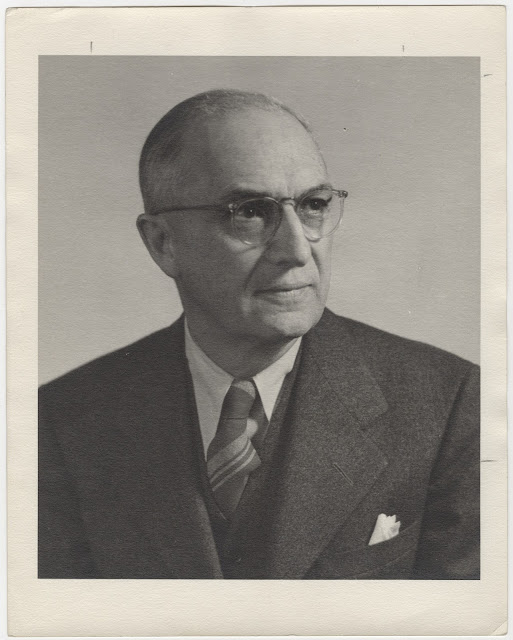
"On the morning of August 28, 1900, a time when the Rogers Works were at least as prosperous as any similar locomotive factory at this time, Jacob entered his office in Paterson and inquired how long it would take to fill the orders on hand. He was told that all orders could be filled by the first of December, but that there were numerous inquiries for more engines. “Take no more orders,” was his reply; “these works will close on December 1.” To his friends he explained that he had tired of building engines, and that industrial establishments would sell better when times were good and when they had a full complement of hands than when opposite conditions prevailed. Meetings of people interested in the welfare of Paterson were held and Jacob was besought to change his mind, but he did not and the Rogers Works were closed on December 1, 1900, in the midst of a season of prosperity. Speculators from Wall Street purchased the Works and ran them for a short time, when they sold them to the American Locomotive Company, the corporation which already owned all the locomotive works in the country with the exception of the Baldwin Works in Philadelphia and the Rogers Works in Paterson .
On the morning of July 2, 1901 Jacob Rogers was found dead in his room in the Union League Club in New York . If there was anything about which Jacob knew nothing about, it was art. He enjoyed the rudest woodcut more than the finest production of the engraver’s skill. The pictures which hung in his rooms in Paterson looked as if they had come as premiums from the tea store on the corner. Yet he left almost his entire fortune to the Metropolitan Museum of Art. The Met was willed the sum of five million dollars. The directors of the Art Museum did not know him. As far as it was known he had been to the Museum only once in his life and then to make inquiries to its management.
So why did Jacob leave almost his entire fortune to an institution that he barely knew? Perhaps it was because the cities of Paterson and Pompton seemed to impede Jacob in his personal as well as business life and he felt that there were no institutions local or municipal that were worthy of such generosity.
It is fortunate perhaps, that no other industry in Paterson has so much romance attached to it as the Rogers Locomotive Works."





